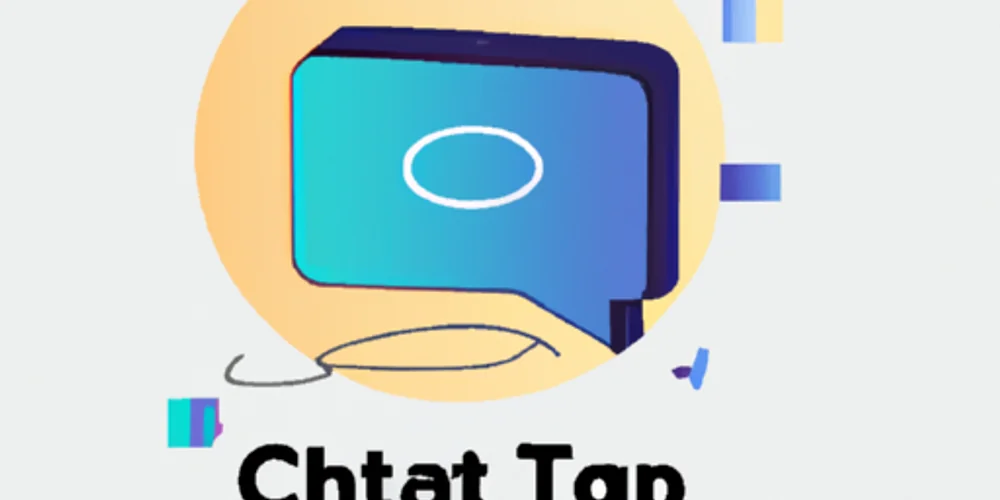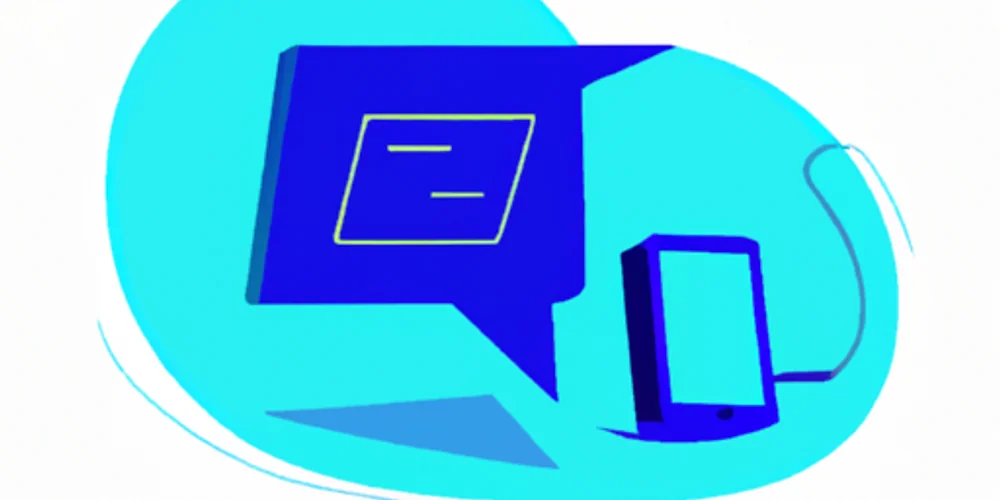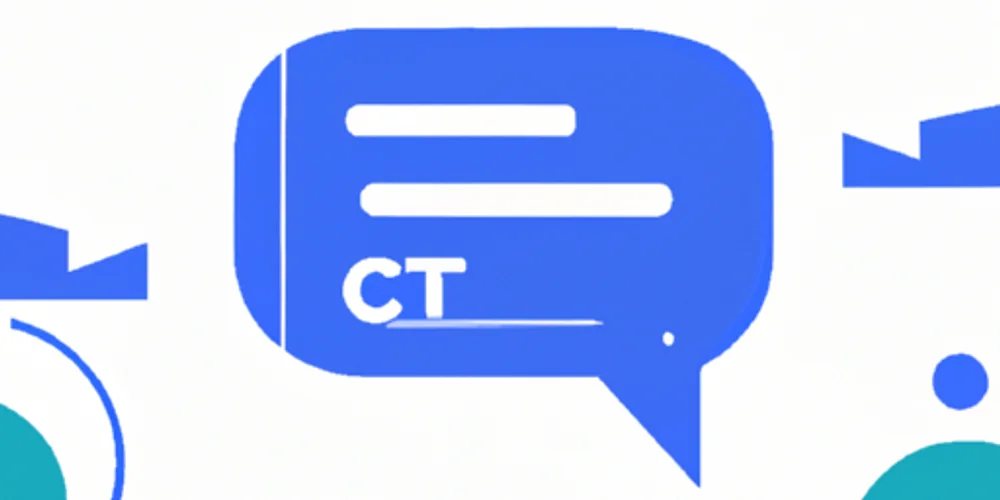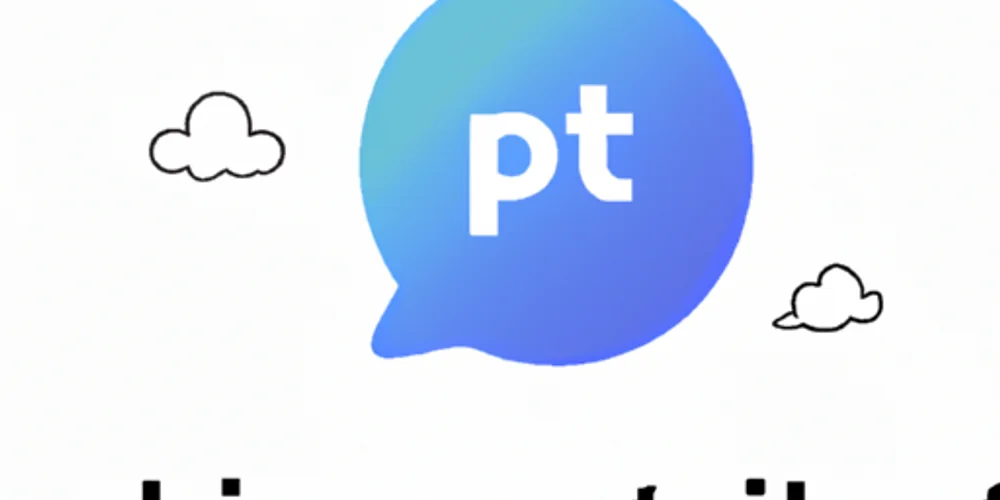I asked Chat GPT to make an angry puppy

Introduction
Imagine asking an AI to create something as adorable as a puppy, but with a twist: it's furious. What happens when you combine the innocence of a puppy with the complexity of artificial intelligence? Let's dive into the curious experiment of asking ChatGPT to make an angry puppy.
This article explores the process, results, and implications of using ChatGPT to generate an image of an angry puppy, highlighting the intersection of AI creativity and human emotion.
Introduction to the Experiment
In a world where artificial intelligence is increasingly involved in creative processes, I decided to embark on a whimsical yet insightful experiment: I asked ChatGPT to create an image of an angry puppy. Why an Angry Puppy? The choice was both playful and poignant. Puppies, typically symbols of innocence and joy, juxtaposed with anger, provided a unique challenge for AI, testing its ability to convey complex emotions through simple imagery.
The Role of ChatGPT in this experiment was to interpret my request and generate an image that not only depicted a puppy but also conveyed the emotion of anger. This task pushed the boundaries of what we expect from AI, which is often seen as a tool for logical computation rather than emotional expression. This experiment aimed to explore how well AI can understand and replicate human emotions, specifically through the lens of Eorge AI Chat, which has been making strides in conversational AI.

The Process of Creation
To begin, formulating the request was crucial. I typed into the ChatGPT interface: 'Create an image of an angry puppy.' Simple, yet it required the AI to delve into both the visual representation of a puppy and the abstract concept of anger.
ChatGPT's Interpretation was fascinating. It didn't just generate a generic image but attempted to incorporate elements that might signify anger in a puppy - furrowed brows, bared teeth, or a lowered stance. This interpretation showcased the AI's ability to synthesize information from vast datasets to simulate emotional states in non-human subjects.
Technical Challenges were evident. Translating text into a coherent, emotionally charged image involves layers of processing - from understanding the request to generating an appropriate visual response. Issues like maintaining the puppy's cuteness while showing anger, or ensuring the image didn't veer into the realm of the unrealistic or comical, were significant hurdles. Tools like Topaz Video 3.0 might help in refining such outputs by enhancing image quality and detail, but for this experiment, we stuck with the raw output from ChatGPT.

Analyzing the Output
Upon receiving the image, visual elements of anger were immediately apparent. The puppy's eyes were narrowed, a common sign of anger in many species, including humans. Its ears were back, and its mouth was slightly open, showing tiny teeth, which are not typical in a happy puppy's expression.
Puppy Characteristics were preserved; the AI managed to keep the essence of a puppy - fluffy fur, small size, and an overall adorable appearance, which made the anger more impactful. This balance between cuteness and anger was intriguing, showing how AI can blend contrasting elements.
The emotional impact was mixed. While some might find the concept of an angry puppy amusing, others could feel a sense of empathy or even discomfort seeing a usually joyful creature in distress. This duality in reaction highlights the nuanced emotional canvas AI is beginning to paint, which can be further explored with tools like youtube jasper ai that recommend AI platforms for such creative endeavors.

AI and Emotional Expression
AI's journey into understanding emotional expression is both fascinating and complex. ChatGPT's attempt to portray anger in a puppy suggests that AI has developed an 'emotional palette' - a set of visual cues it associates with different emotions. This palette, however, is limited by the data it has been trained on, which might not capture the full spectrum of human (or animal) emotional nuances.
Limitations and Capabilities of AI in this realm are clear. While AI can mimic certain emotional expressions, the depth of understanding and the subtleties of emotion are still beyond its grasp. The ethical considerations here are significant; should AI be used to create content that might evoke strong emotions? How do we ensure this technology is used responsibly? These questions are vital as we advance, and platforms like youtube jasper ai offer insights into AI's business applications, which might extend to emotional content creation.
Ethical Considerations also come into play when we consider the potential for AI to manipulate emotions. The creation of an angry puppy might seem harmless, but it opens discussions on the broader implications of AI-generated emotional content.

User Reactions and Feedback
The public response to the angry puppy image was diverse. On social media platforms, reactions ranged from laughter to concern, with many users sharing the image for its novelty. This social media sharing highlighted the viral potential of AI-generated content, especially when it combines humor with unexpected elements.
Expert Opinions varied. Some tech enthusiasts praised the creativity and the technical prowess of AI in achieving such a result, while psychologists commented on the implications of AI portraying emotions in animals, suggesting it could be a tool for studying emotional recognition. For those interested in AI's creative capabilities, resources like youtube jasper ai provide a look into how AI can translate content across languages, enhancing the reach and impact of such experiments.

Broader Implications
AI in Art and Design is becoming more prevalent, with this experiment showing how AI can contribute to visual arts by creating emotional content. The integration of AI in creative fields could lead to new forms of art that blend human creativity with machine precision.
The future of AI-generated content looks promising, with possibilities extending into personalized content creation, where AI could tailor emotional expressions to individual preferences or cultural contexts. Educational uses are also significant; AI could simulate scenarios for emotional learning or empathy training, providing a safe space for exploring complex emotions.
For those looking to enhance their content creation, tools like youtube tag generator ai can skyrocket engagement by optimizing content for discoverability, which is crucial as AI-generated content becomes more mainstream.
Conclusion
This experiment with ChatGPT creating an angry puppy has provided recap of findings that AI can indeed simulate complex emotions in visual form, blending the innocence of a puppy with the intensity of anger. It showcased both the potential and the limitations of AI in emotional expression.
Final Thoughts on AI Creativity revolve around the balance between technology and art. AI is not just a tool for efficiency but a collaborator in creativity, pushing boundaries and challenging our perceptions of what machines can achieve. As we move forward, the integration of AI in creative processes will likely become more refined, ethical, and impactful, opening new avenues for both creators and audiences alike.
Summary
In this experiment, the author explored the capabilities of ChatGPT by requesting it to generate an image of an 'angry puppy'. This whimsical task was chosen to challenge the AI's ability to combine the innocence of a puppy with the complexity of anger. The process involved crafting a precise request to ChatGPT, which then interpreted this by incorporating visual cues like furrowed brows and bared teeth to convey the emotion. This experiment not only showcased AI's creative potential but also highlighted how technology can blend simple and complex concepts in unexpected ways.
Frequently Asked Questions
Why was an angry puppy chosen for this experiment?
The choice of an angry puppy was both playful and insightful. It challenged ChatGPT to merge the innocence typically associated with puppies with the complex emotion of anger, testing the AI's ability to convey nuanced emotions through imagery.
How did ChatGPT interpret the request to create an angry puppy?
ChatGPT interpreted the request by generating an image with visual elements like furrowed brows, bared teeth, or other signs of anger, demonstrating its ability to understand and depict emotional states in animals.
What does this experiment reveal about AI in creative processes?
This experiment reveals that AI, like ChatGPT, can engage in creative processes by interpreting and executing complex requests. It shows AI's potential in art and design, capable of blending simple concepts with deeper emotional layers.
Can AI like ChatGPT really understand emotions?
While AI like ChatGPT doesn't 'understand' emotions in a human sense, it can simulate understanding by recognizing patterns and cues associated with emotions, which it then uses to generate appropriate responses or imagery.
Intrigued by how AI interprets emotions? Try your own experiment with ChatGPT or share this article to spark discussions on AI's role in creativity. Let's explore the boundaries of technology together!